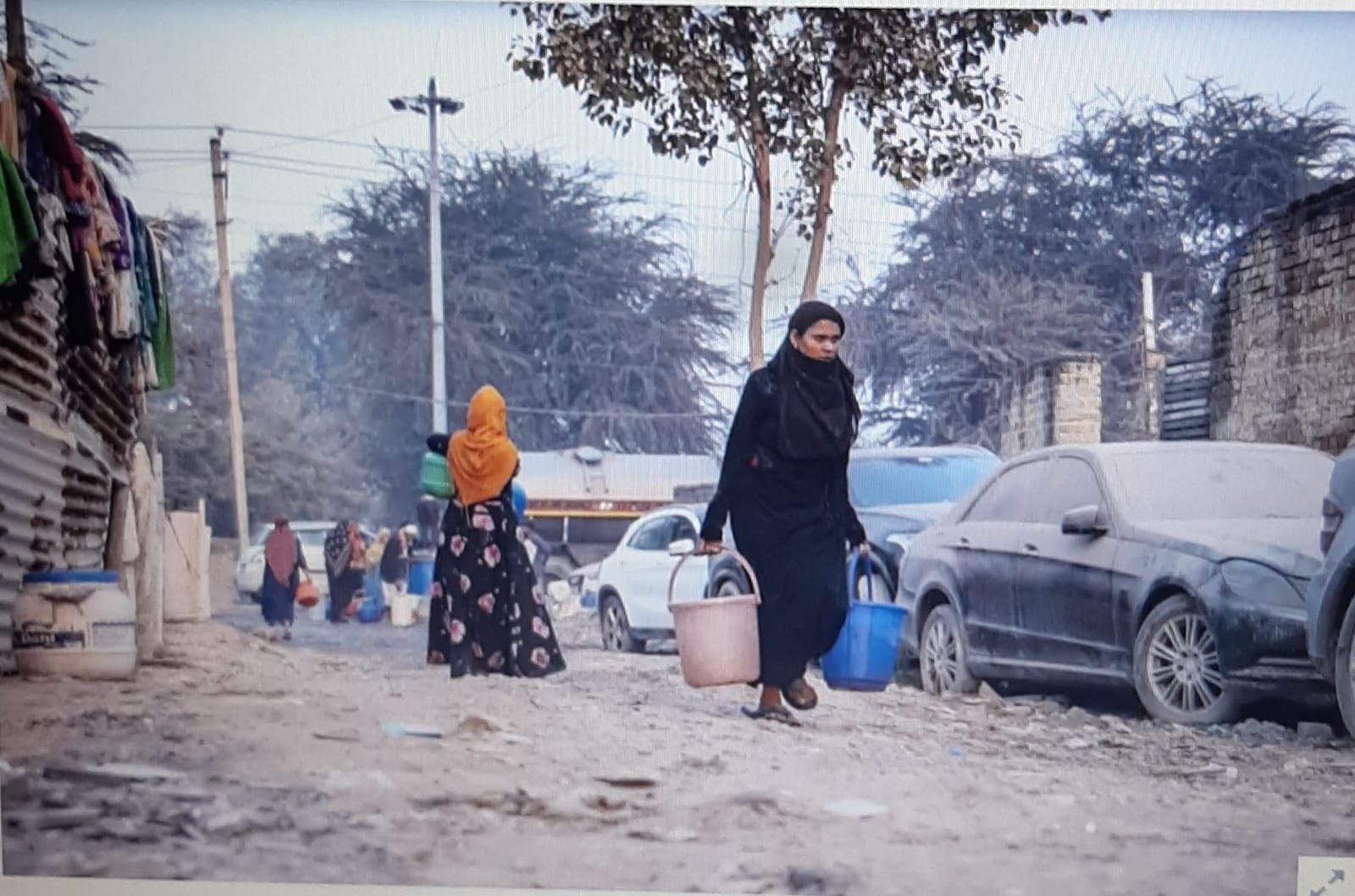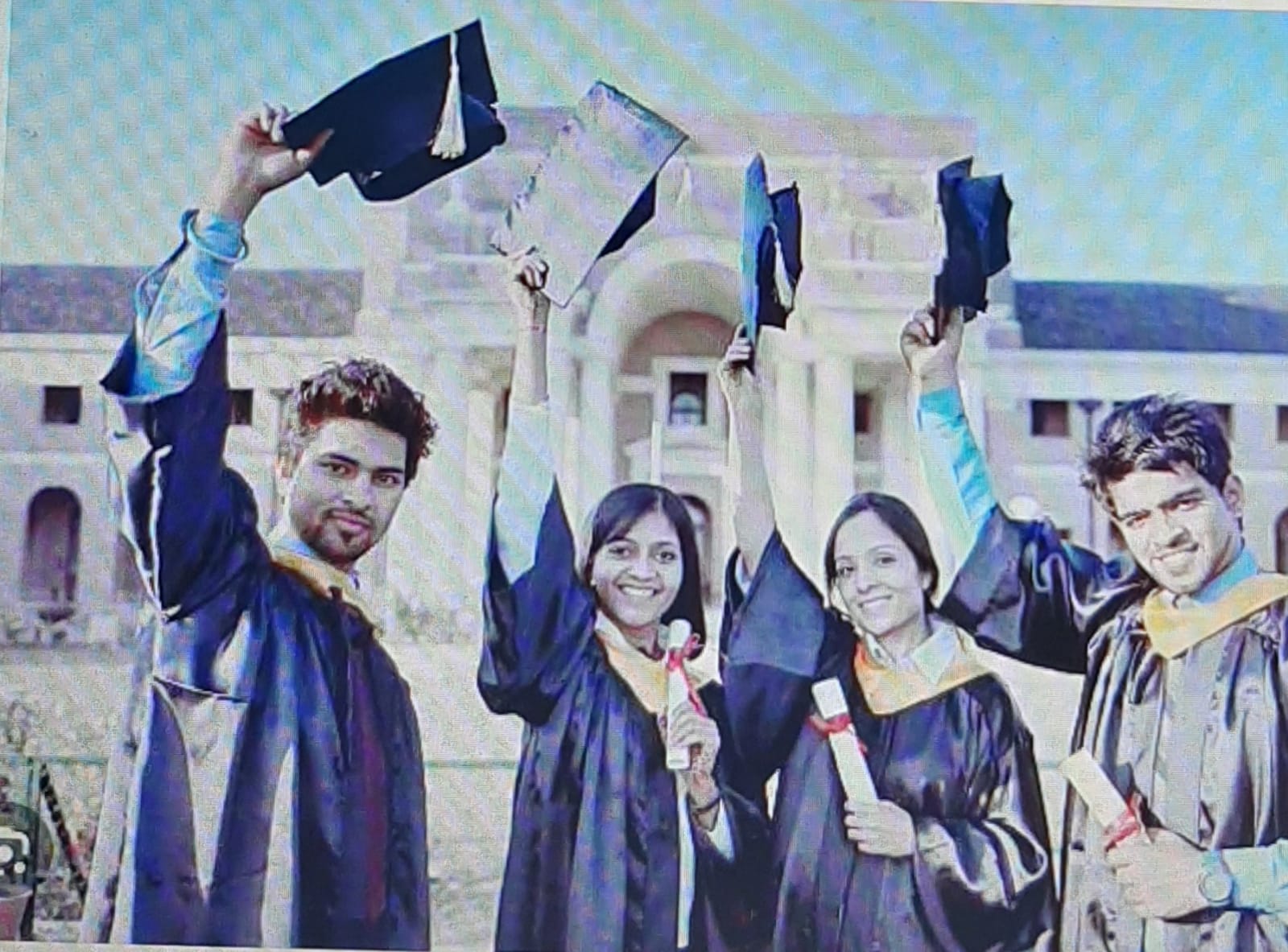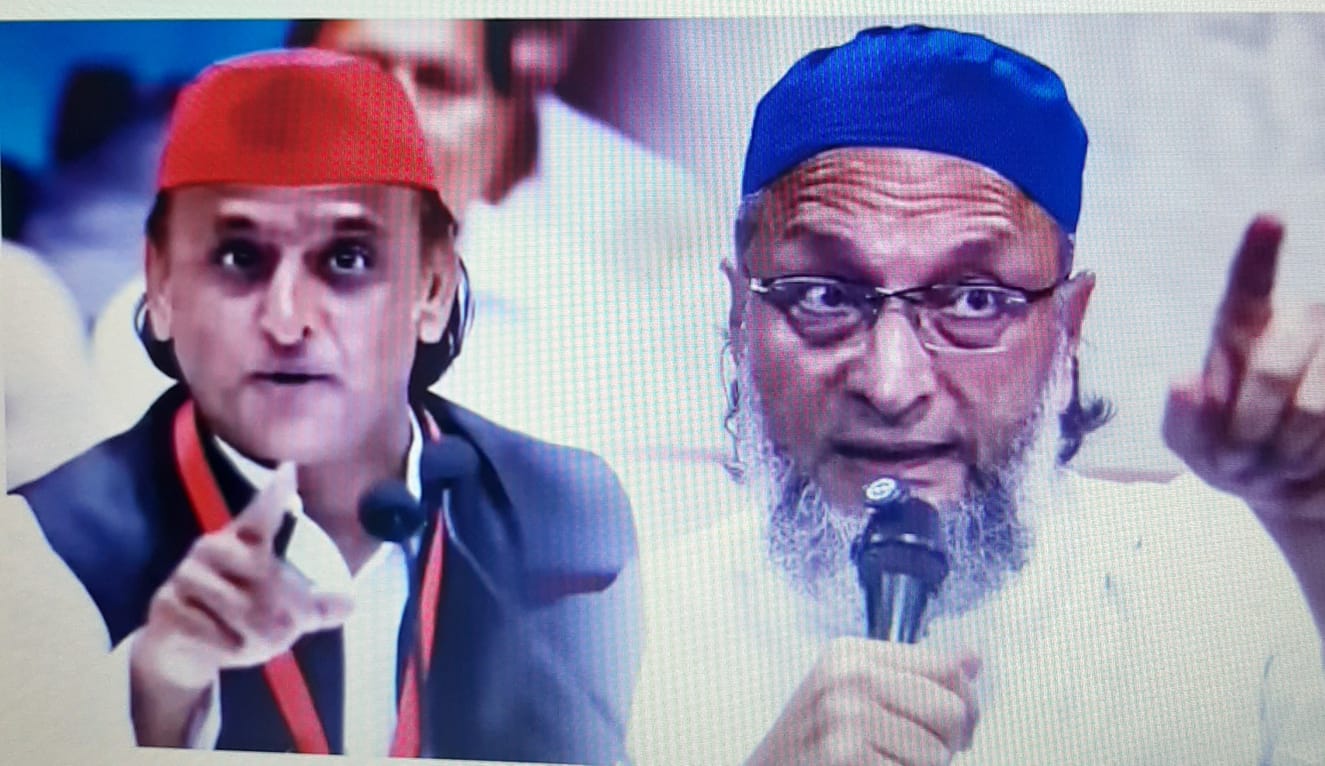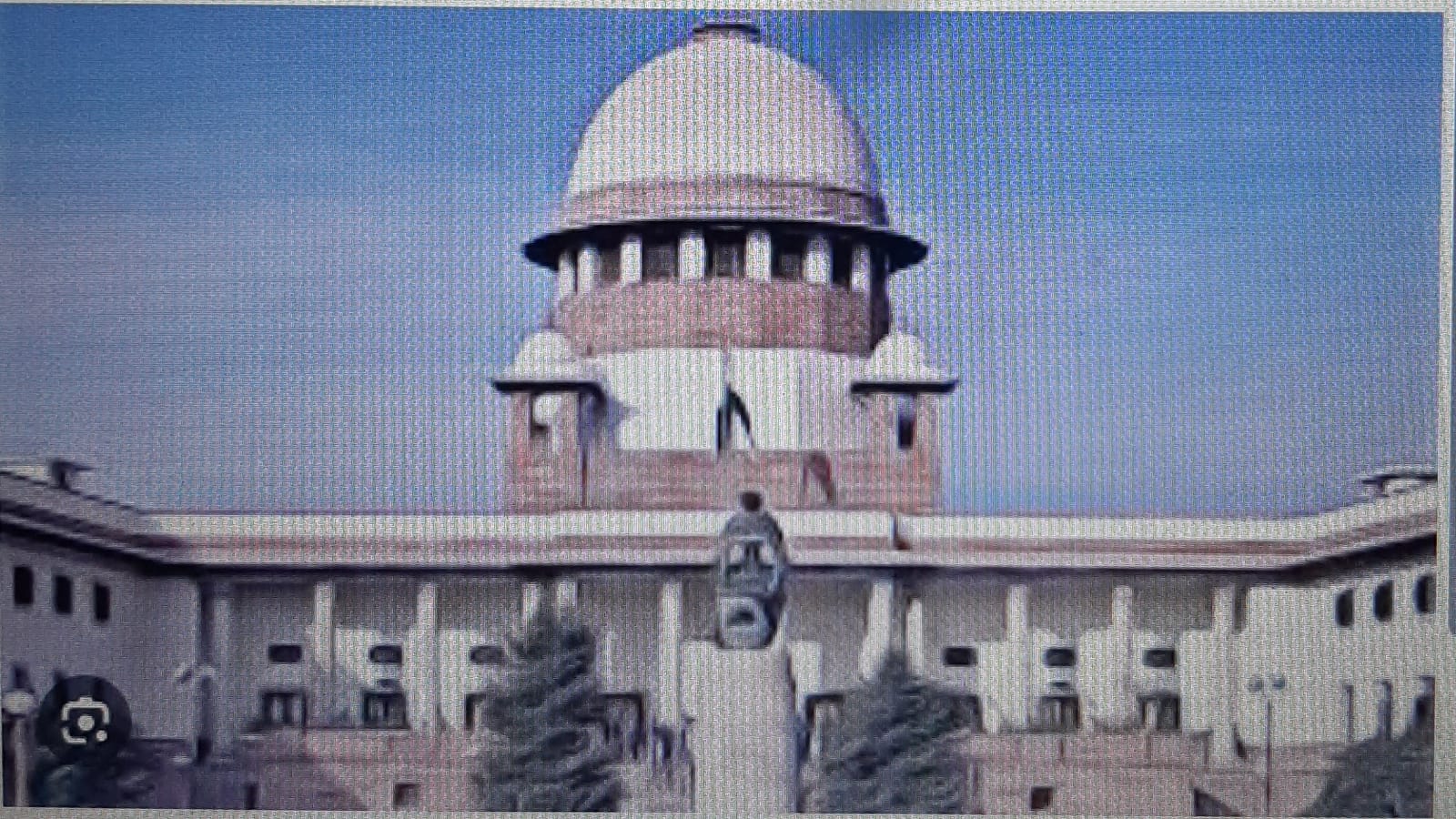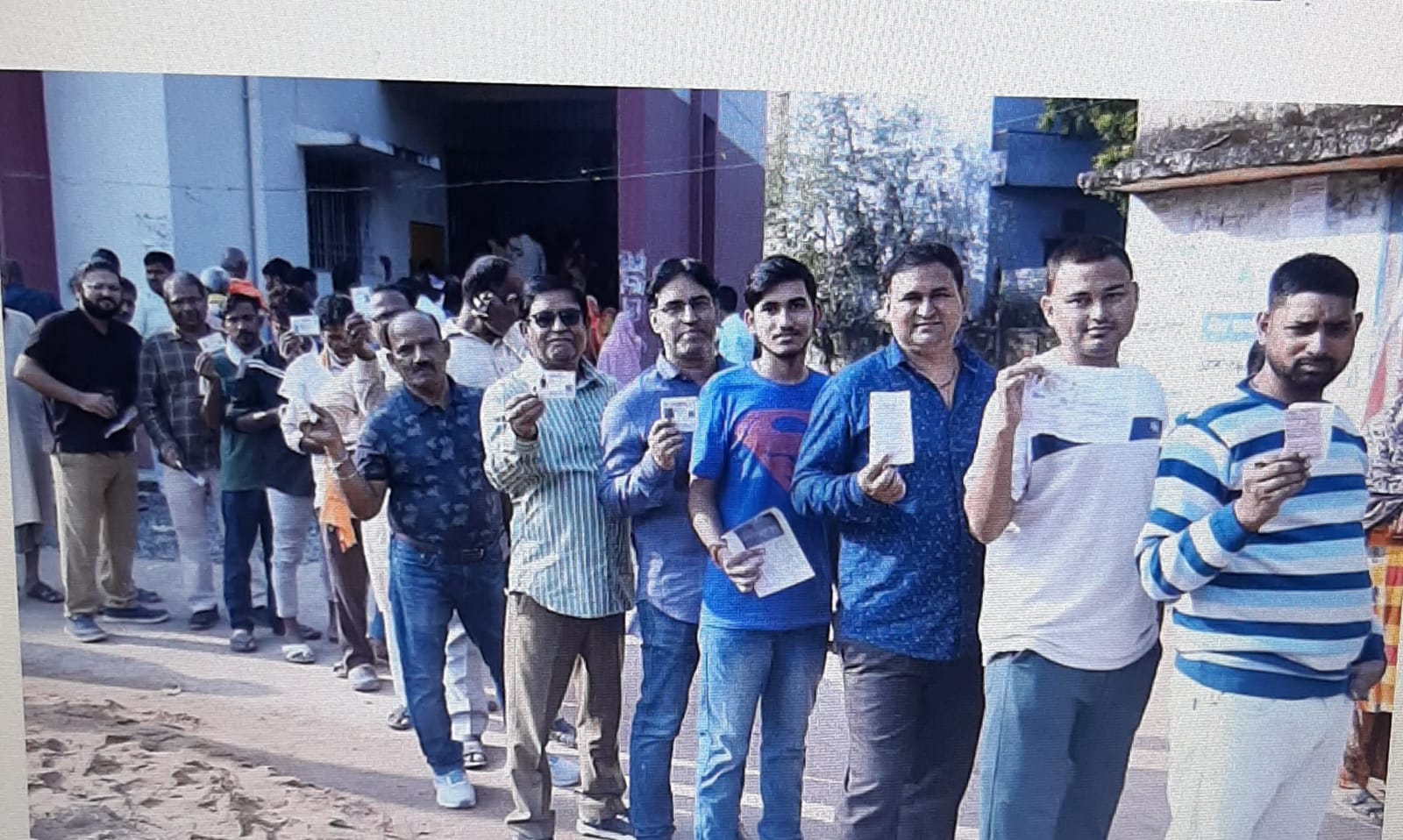
The mayhem wrought by highly educated Dr Umar Un Nabi and his associates, including a Lucknow-based lady doctor, has amply proved that modern higher education is no guarantee for peaceful democratic fight for any cause if the ideological orientations are at fault. Here is the basic difference between “Zohran Mamdani” and “Dr Umar un Nabi”, writes M Hasan
Lucknow, November 14: Even as global powers, forgetting the violent and brutal past, were embracing a former “head-chopper”, his ideological brothers were running amok on the busy streets of Delhi spreading death and destructions on November 10. But the other side was soft, peaceful and democratic face of Zohran Mamdani and few others, who in their electoral victories have proved that there are distinctly two faces of the global Muslim society.
The mayhem wrought by highly educated Dr Umar Un Nabi and his associates, including a Lucknow-based lady doctor, has amply proved that modern higher education is no guarantee for peaceful democratic fight for any cause if the ideological orientations are at fault. Here is the basic difference between “Zohran Mamdani” and “Dr Umar un Nabi”.

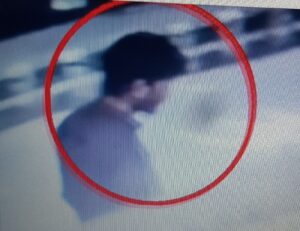
(Images of Zohran Mamdani (left) and Omar un Nabi (right)
Thus, apart from handling Delhi explosions as a terror attack, the governmental efforts should be made to de-radicalize the Muslim society by involving moderate forces within the community. Eliminations of terrorists is necessary and over the years the security forces have succeeded in this connection in Jammu and Kashmir and some other areas. But Singapore model of Religious Rehabilitation Group (RRG) involving moderate Islamic scholars for de-radicalization could be deployed here also. After boosting radical forces for decades, Saudi Arabia and UAE have now started running de-radicalization centers in which they have deployed various scientific methods to protect the next generation. Few years ago, Modi government had involved a group of prominent Sufi scholars to work against radicalization of the Muslim society. But it could not take off for various inescapable reasons. However, the built-up of massive hate atmosphere during the last one decade for sheer political reasons had also provided fodder for Muslims radicalization.
The issue is to probe into the causes and take corrective measures. Mere condemnation of Delhi blast by various Muslim organisations and expressing grief over death and destruction would not help solve the problems. The Muslim leadership needs to protect its Gen Next from “ideological extremism” and disaster. The social media tools have also made highly negative impact on younger generation. The community should take inspirations from moderate people and winners like Mamdani, Ghazala Hashmi (Lieutenant Governor, Virginia), Al Abdelaziz (New Jersey General Assembly), Abdullah Hammoud (Mayor, Dearborn), Mo Baydoun (Mayor, Dearborn Heights) and Faizul Kabir (Mayor, College Park) and not from those radicalized forces spreading violence in the country.
The security agencies are calling Delhi terrorism as “white collar terror ecosystem”, but it is not a new phenomenon. Highly educated and professionally trained people have been attracted towards terrorism because of a questionable ideology which propagated violence in global Muslim societies and they mobilized people from poverty-stricken background to produce people like “Ajmal Kasab” (Pakistan-trained terrorist caught after 2008 Mumbai terror attack). Global terrorists like Osama bin Laden, Ayman al-Zawahiri, Abu Bakr al Baghdadi, Mullah Omer and many others were educated and professionally skilled. Similarly, 9/11 bombers in New York were all qualified and skilled people. But the “ideology” put guns and bombs into their hands. So “white-collar terror ecosystem” has been going on for a long time.
In Indian context, this pattern in not only “Kashmir problem” but “pan-India one”. If we look back, this pattern was mirrored in various parts of the country. Homegrown terror-modules busted in recent years indicated involvement of “radicalized” engineers, IT professionals and doctors from Maharashtra, Karnataka, Kerala and now UP from where two Lucknow-born doctors have been arrested in Delhi explosion case. This indicates that appeal of “radicalization” and subsequently resorting to violence is across socio-economic backgrounds and professions. History of IS and Al-Qaeda indicated that these ideologically and highly radical and violent groups always sought to recruit educated professionals to serve their various branches in violent operation. This pattern in also evident in Baloch and Khalistan movements also.
(M Hasan is former Chief of Bureau Hindustan Times, Lucknow)


